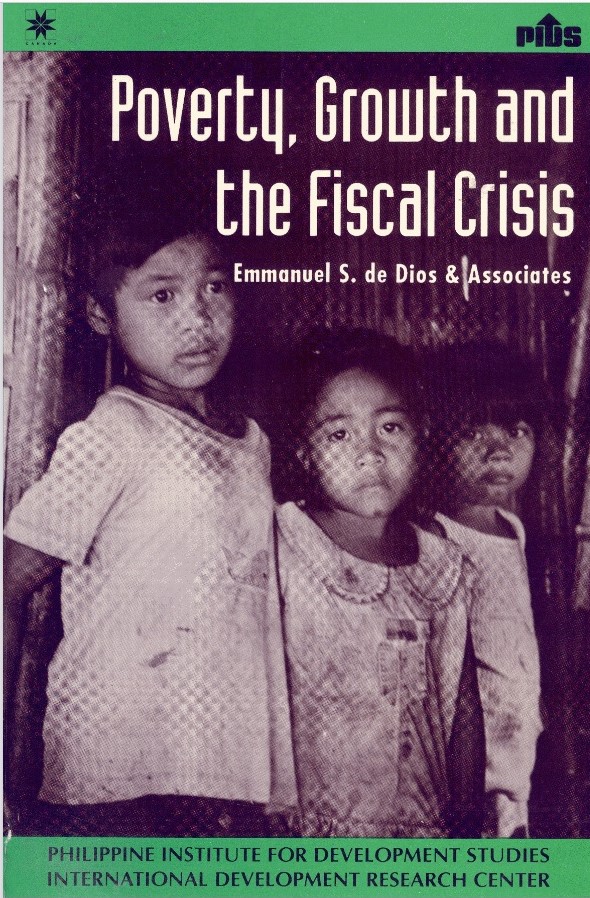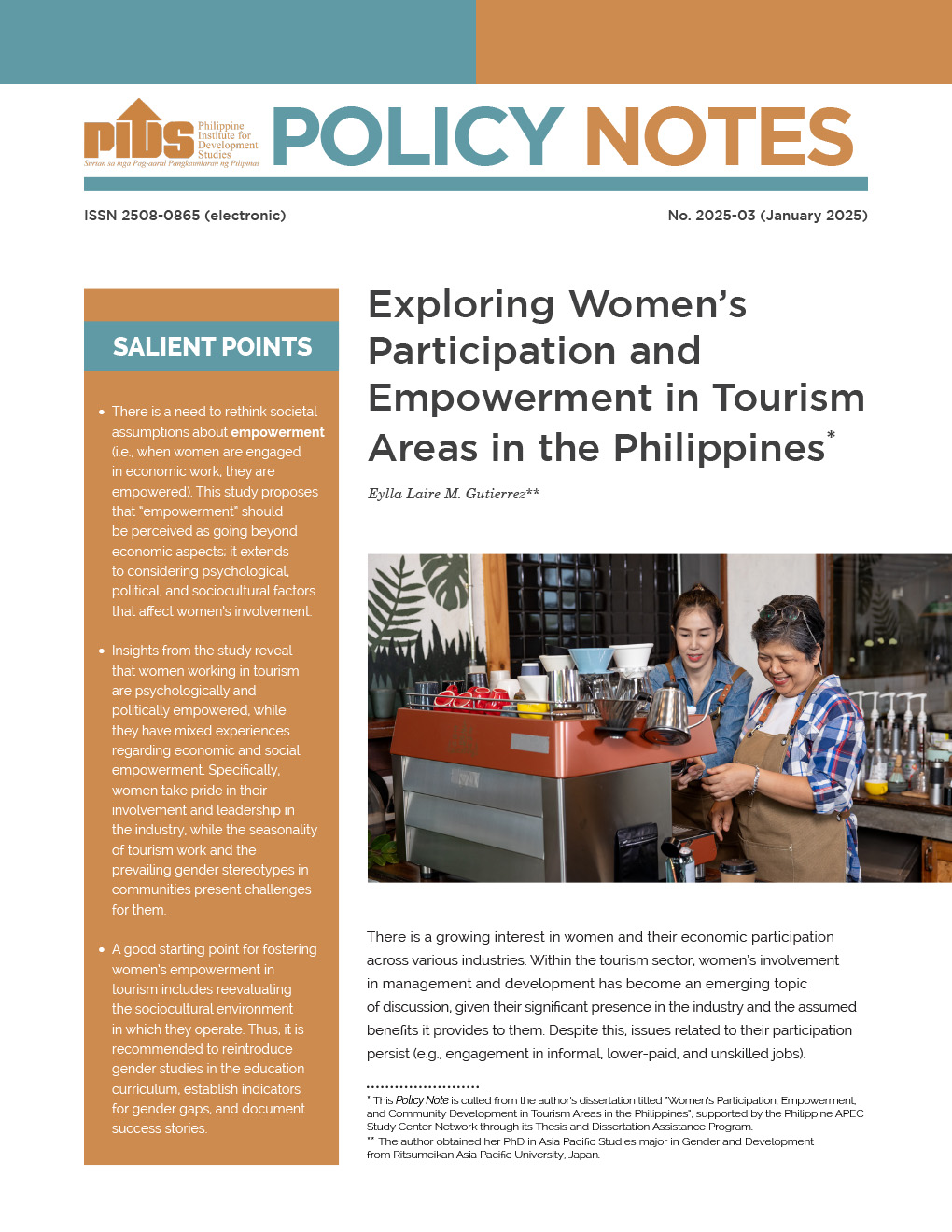Last week’s report by the Philippine Statistics Authority (PSA) and Socio-economic Planning Secretary Arsenio Balisacan that the Philippine economy posted a "remarkable” growth in 2013 –with the country’s gross domestic product (GDP) hitting 7.2 percent– had many ordinary Filipinos shaking their heads in disbelief.
According to Balisacan, notwithstanding the successive natural disasters that struck Central and Southern Luzon last year, the country remained one of the best performing economies in the Asian region, second only to China, which grew by 7.7 percent. Balisacan claimed this was the country’s fastest growth since President Benigno Aquino 3rd came to power in 2010.
What’s quite suspicious though is that, despite this "remarkable” economic growth touted by the Aquino administration, average Filipinos have not experienced a commensurate improvement in their economic situation.
In fact, one in two Filipinos now say the national economy has worsened in the past year.
"Half of the Filipino population (50 percent) consider the state of the Philippine economy as having worsened over the last 12 months,” Pulse Asia reported in last month’s Survey on Quality of Life and State of the National Economy.
The Pulse Asia survey also showed that almost half of the Filipino population (43 percent) believe their personal quality of life has deteriorated in the last 12 months, with about the same number (45 percent) saying that they expect no change in their personal circumstances this year.
Today, these industries remain effective oligarchies or cartels that have impeded the growth and development of job-generating and poverty-alleviating small and medium enterprises (SMEs).
According to a paper released by the Philippine Institute for Development Studies, SMEs account for about 99 percent of total firms in the country. Yet, these SMEs account for only 35 percent of our GDP. In contrast, SMEs in Japan and Korea account for roughly half of their total GDP. Moreover, 61 percent of employment in the Philippines is generated by SMEs. Their counterparts in Japan and Korea account for 70 to 85 percent of employment.
This low GDP output and employment ratio of local SMEs can only mean that there are fewer jobs and even fewer good-paying jobs for most Filipinos, which exacerbates the poverty incidence across the country.
This also means that much of the recent economic expansion has been limited–Aquino administration officials admit–to a few industries like retail trade, real estate, BPO and the stock market, which do not provide enough stable and quality employment for the majority of the workforce.
According to the Asian Development Bank Outlook (ADO) report last October 2013, more than 25 percent of Filipino workers (or one in every four) are unemployed or underemployed, with 40 percent of the workforce (or almost half of Filipino workers) categorized as vulnerable– unpaid family workers and the self-employed, mostly in the informal economy.












